‘It makes me dry retch’: Are truffle oils and salts ever worth splashing out on?
We’ve hit peak truffle season. So, how do you know what truffle products are worth splashing your hard-earned cash on and which ones to leave on the shelf?
Australia’s truffle season is in full swing, with restaurants around the country shaving Tuber melanosporum over steak, seafood, noodles, risotto and even ice-cream – usually for a hefty charge.
Former MasterChef finalist Reynold Poernomo loves spoiling his customers at Monkey’s Corner and KOI Dessert Bar in Chippendale, Sydney, with truffles threaded through sweet and savoury dishes.
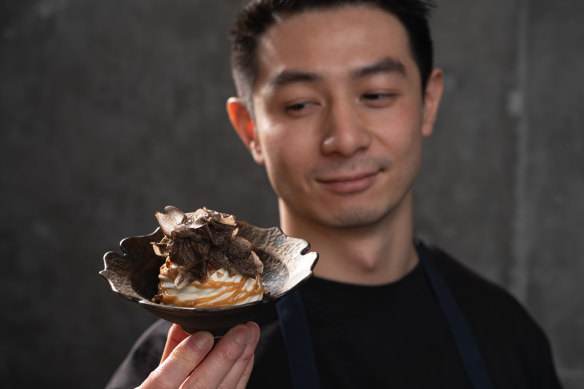
“We have truffle noodles, claypot rice with truffles and a vanilla soft serve with tonka bean salted caramel and truffle,” he says. “Fat-heavy dishes carry the deeper earthy tones of truffle.”
Sometimes, a restaurant will use truffle oil to boost aroma and flavour too. But is that ever acceptable?
Absolutely not, according to globetrotting chef Anthony Bourdain, who decreed in his cookbook, Appetites, that anyone drizzling truffle oil over their pasta “should basically be punched in the kidneys” because it’s made from a “chemical additive and the crushed dreams of 90s mediocrity”. Is it really that bad, though?
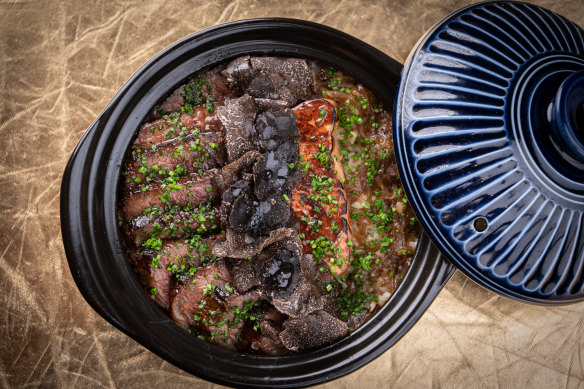
“I hate truffle oil,” says Julian Hills, The Age Good Food Guide 2023 Chef of the Year and owner of fine diner Navi, in Melbourne’s Yarraville. “It makes me dry retch. I can’t eat a pizza if it has truffle oil on it.”
“It makes me dry retch. I can’t eat a pizza if it has truffle oil on it.”Julian Hills, Navi restaurant
Hills loves real truffles though, so much so that Navi’s July menu is a truffle extravaganza with black tubers from farms in NSW, Victoria, Tasmania and West Australia matched with dishes such as emu carpaccio and kangaroo dauphinois.
“Truffles are amazing, they’re almost like MSG in the way they can enhance another ingredient,” says Hills. “The umami in truffle lifts flavours and makes dishes shine. People used to truffle oil expect to be hit in the face with flavour, it ruins them for real truffles.”
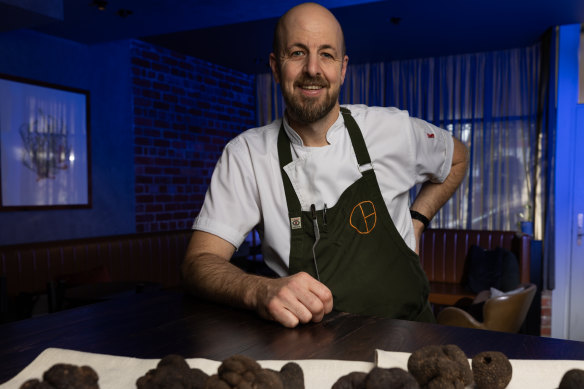
Farmer David Burdis, from Ganymede Truffles in the NSW Southern Tablelands, says he is “known for ranting about truffle oil”.
“Look at the back of the bottle and the ingredients will include ‘truffle aroma’ or ‘truffle flavouring’ infused into olive oil,” he says. (Most likely laboratory-made chemicals such as 2,4-dithiapentane that mimic some of the aromatic compounds found in fresh truffles.)
“No truffles were killed in the making of truffle oil,” adds Burdis, who experimented with making his own. “I attempted to infuse real truffle at room temperature – 20 degrees, 40 degrees and 60 degrees – and in the end I conceded defeat and I accepted that truffle itself doesn’t infuse into oil.”
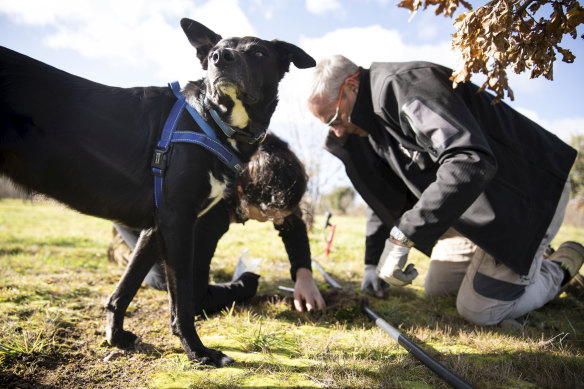
Gavin Booth is a truffle farmer in Manjimup, West Australia, where approximately 70 per cent of Australia’s 10 to 14-tonne annual harvest originates; more than 65 per cent of that haul is exported. It’s a decent season, says Booth, but mild weather has meant truffle size is slightly down. He’s also not a fan of the oil.
“I’m not going to make it, and I’m not going to eat it.” he says, but acknowledges truffle oil’s potential as a gateway product.
“Cocaine addicts will probably tell you their experience started with cannabis … ardent truffle fans will often say they began with truffle oil but realised it was an inferior product, the Coolabah cask to Leeuwin Estate Art Series chardonnay.”
He would, however, like honesty in truffle oil labelling. “If it’s not real maple syrup or vanilla you can’t call it that. I would prefer transparency rather than getting angry with anyone who makes truffle oil, or people who enjoy it.”
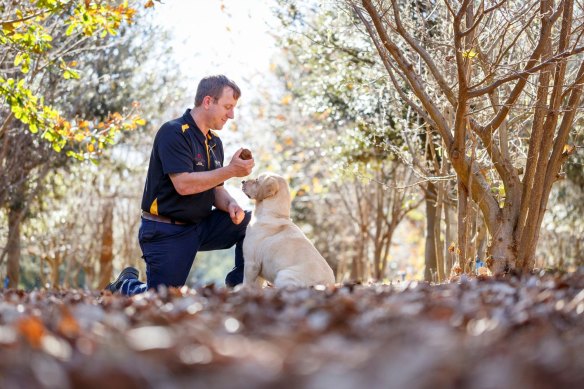
Meanwhile, Canberra restaurateur Damian Brabender is busy training hundreds of Sydney chefs to make the most of truffles, like he does every winter.
“Using them the right way versus the wrong way is comparable to making a cup of tea,” he says. “Put a teabag into boiling water and you get a cup of tea, put 10 teabags into cold water and you get nothing. When you know how to use truffles, you don’t need to use much to get a great return.”
Brabender recommends storing truffles with eggs, cream or rice. “You have a head start on flavour and you haven’t even cut the truffle,” he says. Fat is a great medium for showcasing truffles: he advises mixing five grams of truffle into 100 grams of butter and then freezing it.
“A steak with 20 grams of truffle butter only has one gram of truffle, but it tastes better than if you shave 20 grams of fresh truffle directly onto the meat.”
He abhors truffle oil but believes truffle salt is a winner. “Mix five grams of truffle with 120 grams of good salt: it’s the easiest thing in the world,” he says. When buying truffle salt, there should be just those two ingredients. “If there’s anything listed that you could win a game of Scrabble with, I wouldn’t buy it,” he says.
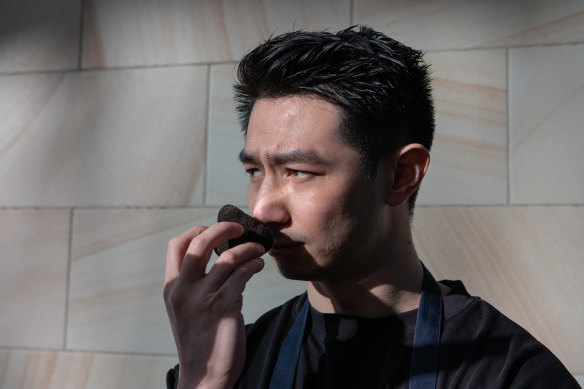
What to buy
Quality fresh truffles are around $2 per gram, depending on the grade. If blending truffle into butter or salt, look for cheaper offcuts (around $1 per gram) which have the same properties but must be used quickly.
Olsson’s Truffle Salt (50 grams for $21.50) is great for seasoning popcorn, chips and scrambled eggs and can be found at select gourmet food stores.
Ganymede’s Truffle Honey is made with the help of David Burdis’ own bees and is excellent on crumpets or drizzled over ice-cream and hard cheeses. Purchase for $35 a jar from ganymedetruffles.com.au.
As far as imported truffle pastes go, some can be quite good, although they can also possess the dreaded truffle oil aroma. One decent option is the White Truffle and Porcini Paste, imported from Italy by EuroPantry. Expect to pay around $40 for an 80 gram jar.
The best recipes from Australia's leading chefs straight to your inbox.
Sign up